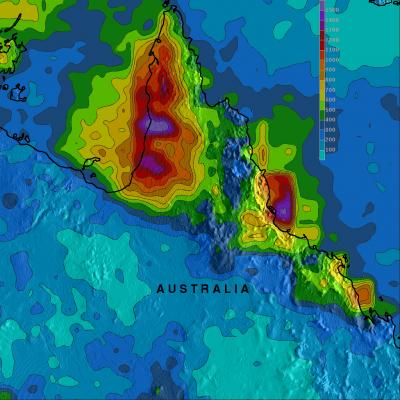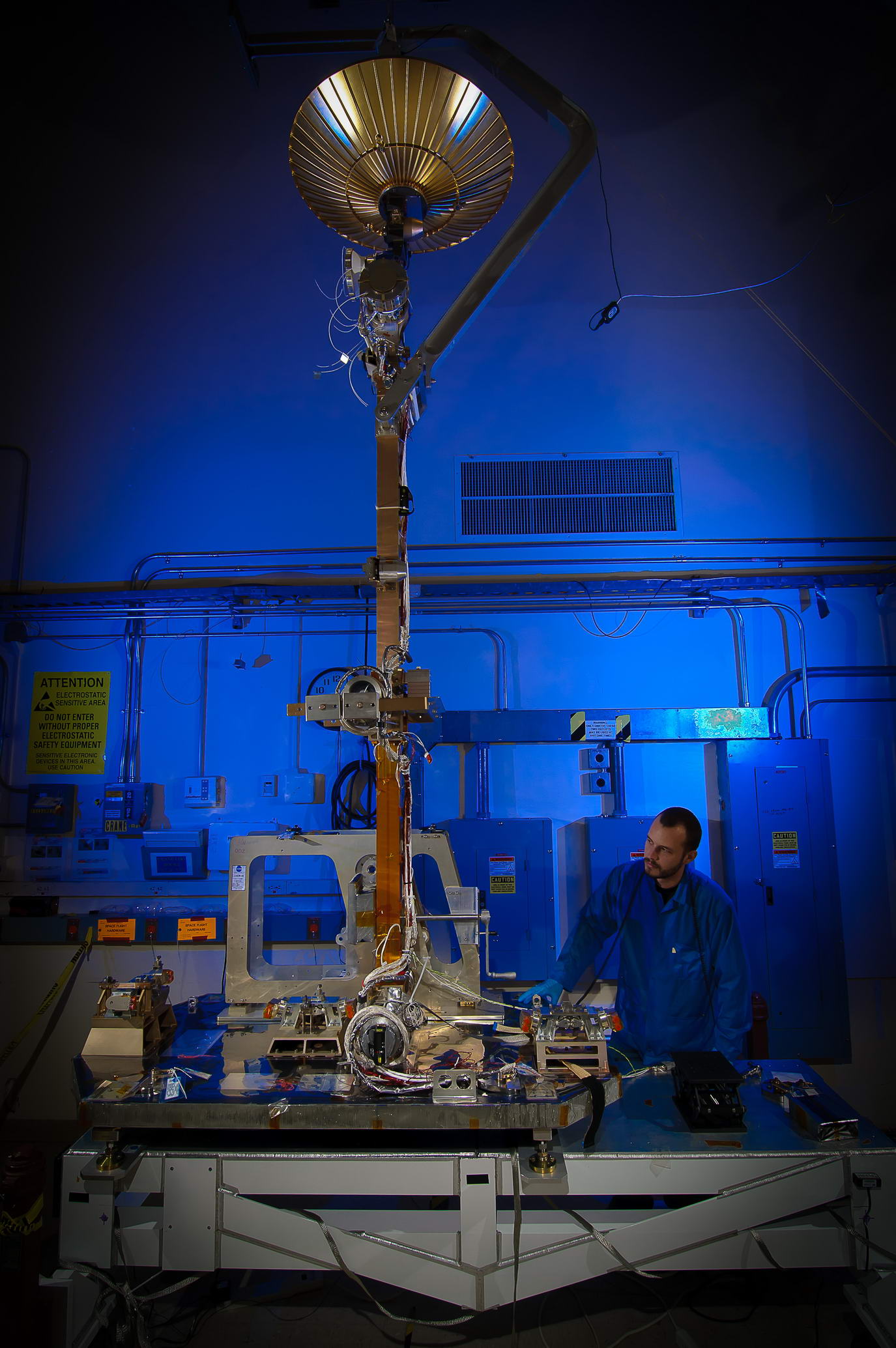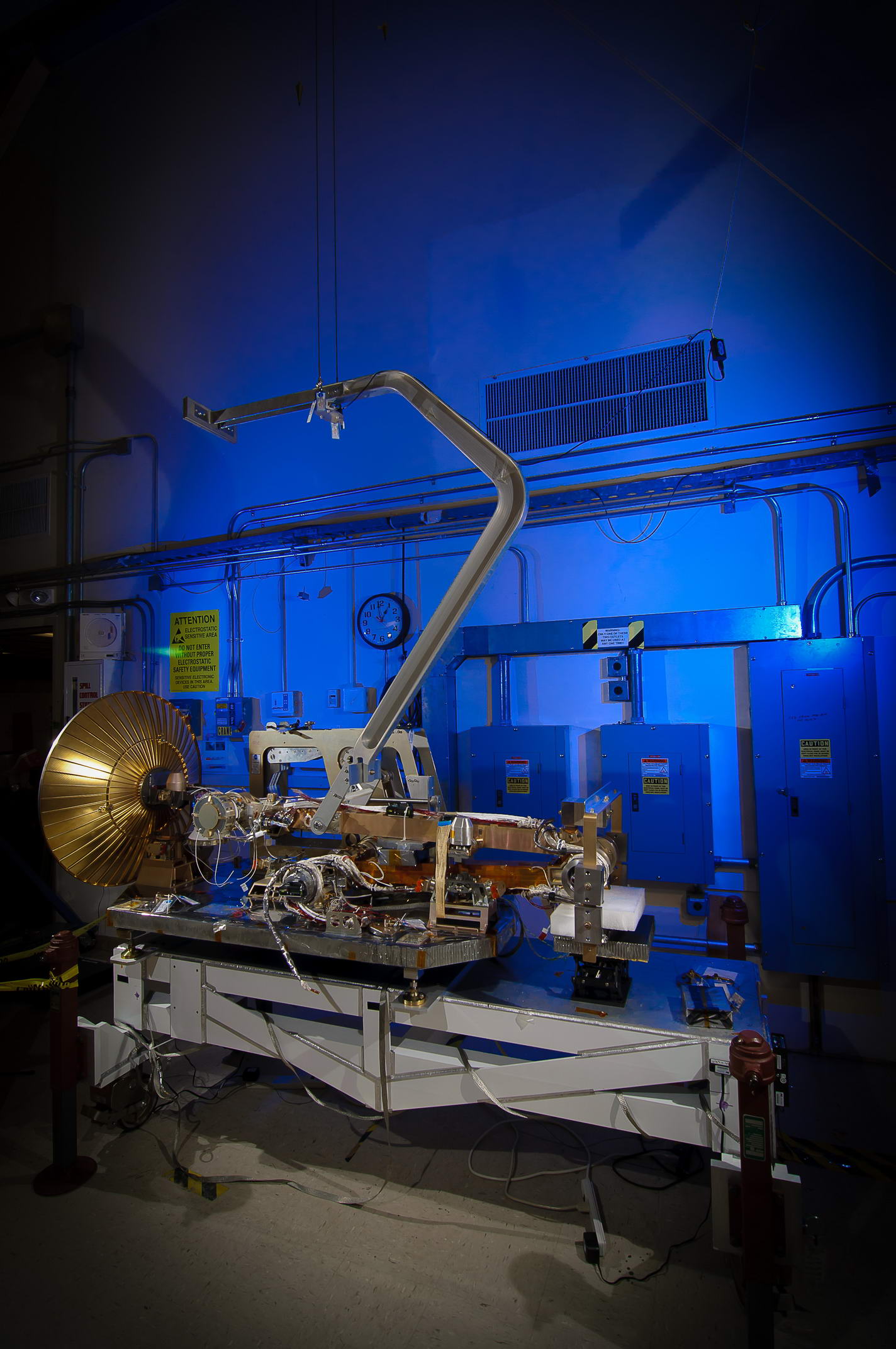Record Rainfall Continues Over Australia
Over the past month northeastern Australia has continued to receive record rainfall from the monsoon trough that has been draped over that area. The Australian Bureau of Meteorology has indicated that some recorded rainfall rates are seen only once in 100 years. Flooding rainfall amounts have been especially extreme near the coasts of northeastern Australia. For increased coverage, TRMM data can be used to calibrate rainfall estimates from other satellites. The TRMM-based, near-real time Multi-satellite Precipitation Analysis (TMPA) at the NASA Goddard Space Flight Center is used to monitor





